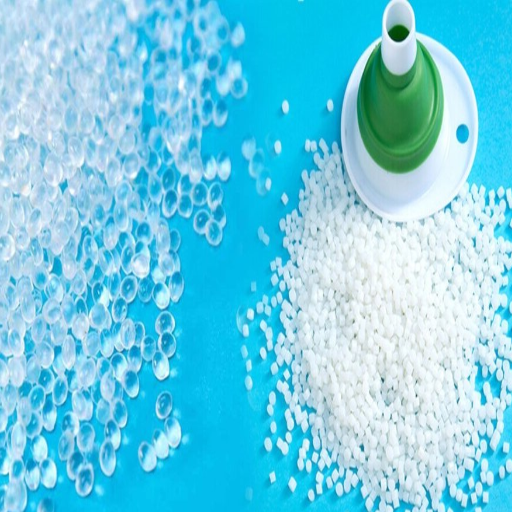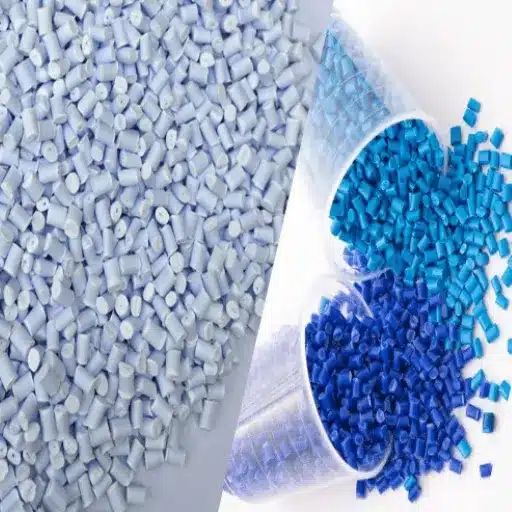Make informed material choices for manufacturing, durability, and optimal user experience with our comprehensive analysis of Thermoplastic Elastomers and Silicone RubberThermoplastic elastomer (TPE) and silicone are materials typically at the forefront of selection decisions when production, durability, and user experience are key considerations. They appear similar to the layman in terms of interface, but specific physical properties can affect the interface performance under varied situations. Suppose you are involved in manufacturing anything from medical apparatus to consumer goods and industrial components. In that case, understanding the key differences between these two will help you make informed choices effectively.This article presents the distinct characteristics of these materials and explores how the strengths and weaknesses can impact the functionality, adaptability, and success of your product.
Understanding TPE and Silicone
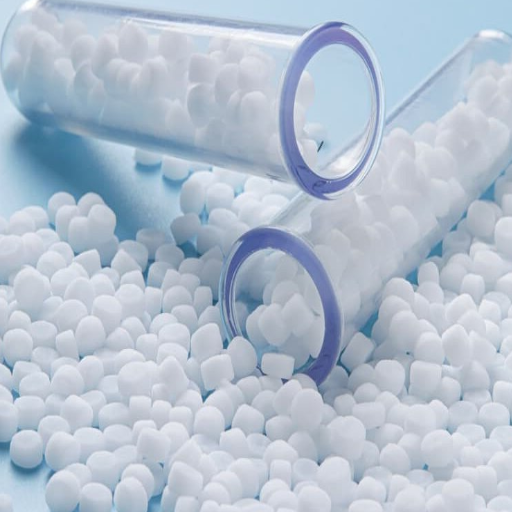
What Are Thermoplastic Elastomers (TPE)?
Thermoplastic Elastomers, or TPEs, are a class of polymers with a versatile nature combining rubbery elasticity with plastic processability. Unlike conventional thermoset rubbers that do not allow for thermo-processing, TPEs can be melted, allowing them to be reshaped and recycled multiple times, making them an environmentally friendly and economical choice for manufacturers.
Key Properties:
- Excellent tear and abrasion resistance
- UV radiation and ozone exposure resistance
- Customizable hardness and transparency
- Biocompatibility and sterilization capability
- Lightweight with simplified production processes
Primary Applications:
- Automotive parts
- Consumer goods
- Medical devices
- Wearable technology
- Electronics insulation
Defining Silicone Rubber and Its Properties
Silicone rubber is a highly versatile and durable elastomer composed of silicone—a compound formed from silicon, carbon, hydrogen, and oxygen. Celebrated for its outstanding thermal stability, silicone rubber can be used over a wide temperature range, making it invaluable to industries that require dependability under extreme conditions.
Outstanding Properties:
- Exceptional thermal stability
- UV, ozone, and weather resistance
- Excellent flexibility and elasticity
- Biocompatible and inert
- Superior electrical insulation
- Chemical resistance
Common Applications:
- Medical implants and devices
- Automotive components
- Aerospace applications
- Food-grade products
- High-performance electronics
Key Differences Between TPE and Silicone
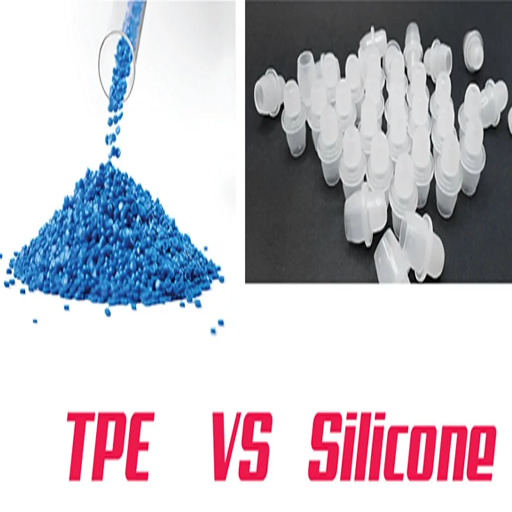
| Property | TPE (Thermoplastic Elastomer) | Silicone Rubber |
|---|---|---|
| Material Composition | Hybrid polymers with rubber-like flexibility and plastic-like moldability | Elastomer synthesized from silica-based polymers |
| Temperature Range | -40°F to 275°F (-40°C to 135°C) | -75°F to 500°F (-59°C to 260°C) |
| Recyclability | Fully recyclable and remoldable | Limited recycling options |
| Chemical Resistance | Moderate resistance to solvents and chemicals | Excellent resistance to chemicals, oils, and UV |
| Processing | Standard plastic processing equipment | Specialized curing processes required |
| Cost | Generally lower material and processing costs | Higher upfront costs, lower long-term costs |
| Durability | Good for moderate conditions | Superior long-term durability |
Advantages and Disadvantages Analysis
Thermoplastic Elastomers (TPE)
Advantages
- Cost-effective production and material costs
- Fully recyclable and remoldable
- Fast processing with standard equipment
- Excellent flexibility and moldability
- Wide range of hardness options
- Good weather and chemical resistance
- Compatible with multi-material designs
Disadvantages
- Limited high-temperature performance
- Lower chemical resistance than silicone
- Reduced UV resistance compared to silicone
- May degrade under extreme conditions
- Softer surface prone to wear over time
Silicone Rubber
Advantages
- Superior heat resistance (-60°C to 230°C)
- Excellent chemical and UV resistance
- Outstanding biocompatibility
- Long-term elasticity and flexibility
- Non-reactive and hypoallergenic
- Superior compression set resistance
- Food-grade and medical-grade options
Disadvantages
- Higher initial material and processing costs
- Complex manufacturing processes
- Limited recycling capabilities
- Lower mechanical strength than TPE
- Specialized equipment required
Industry Applications
TPE Applications Across Industries
Automotive Industry
Weather strips, gaskets, interior components, soft-touch dashboards, and grips that resist aging and temperature variations.
Medical Industry
Medical tubing, syringes, wearable devices, and latex alternatives for sensitive applications.
Consumer Goods
Toothbrush grips, sports gear, remote control casings, and kitchenware with soft-touch appeal.
Electronics
Cable insulation, flexible components for smartwatches, headphones, and lightweight devices.
Construction
Roofing membranes, weatherproof seals, and impact-resistant flooring with UV resistance.
Industrial
Conveyor belts, vibration-damping components, and mass production applications.
Silicone Applications: From Medical to Consumer Products
Medical Applications
Implants, catheters, prosthetic devices, and sterilizable equipment requiring biocompatibility.
Consumer Products
Bakeware, sealants, baby bottles, and kitchenware requiring durability and flexibility.
Automotive
High-temperature gaskets, seals, and components exposed to extreme conditions.
Electronics
Insulation, encapsulation, moisture-resistant applications for microchips and LEDs.
Renewable Energy
Solar panel components and wind turbine parts requiring environmental stress resistance.
Aerospace
High-performance sealing systems and components for extreme temperature environments.
Choosing Between TPE and Silicone
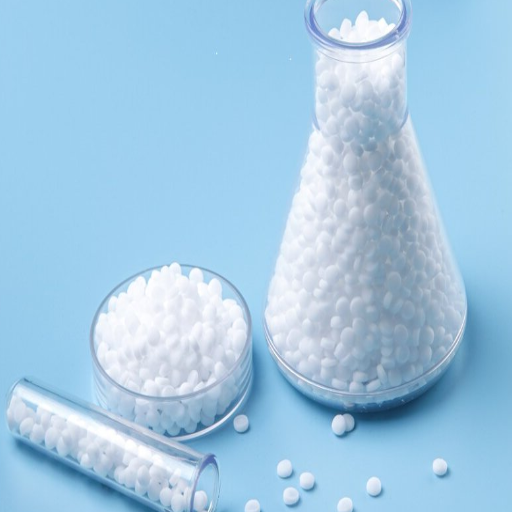
When to Choose TPE
- Cost-sensitive projects: High-volume production with budget constraints
- Moderate temperature applications: Operating range up to 120°C
- Recyclability requirements: Sustainability and environmental considerations
- Fast production cycles: Quick turnaround and design flexibility
- Consumer goods: Soft-touch elements and ergonomic designs
When to Choose Silicone
- Extreme temperatures: Applications beyond TPE’s temperature range
- Medical devices: Biocompatibility and sterilization requirements
- Chemical resistance: Exposure to harsh chemicals and solvents
- Long-term durability: Applications requiring extended service life
- Food-grade applications: FDA compliance and safety requirements
Manufacturing Processes
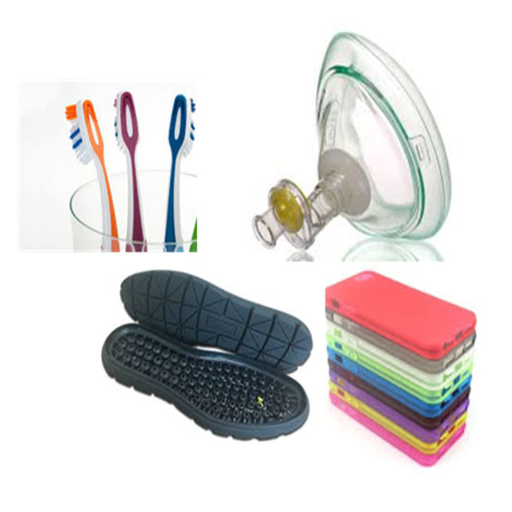
TPE Injection Molding
Injection molding is the most efficient method for processing TPE, offering:
- Short cycle times due to excellent flow properties
- Complex geometry formation with remarkable consistency
- Multi-shot molding capabilities
- Co-injection molding with other materials
- Energy-efficient processing with servo motors
- Reduced material waste and operational costs
Liquid Silicone Rubber (LSR) Processing
LSR manufacturing provides unique advantages:
- Superior durability and temperature resistance
- Complex and precise design capabilities
- Low-viscosity for detailed mold filling
- Highly automated production processes
- Minimal toxic by-products
- Lightweight with reduced transport energy
Cost Considerations
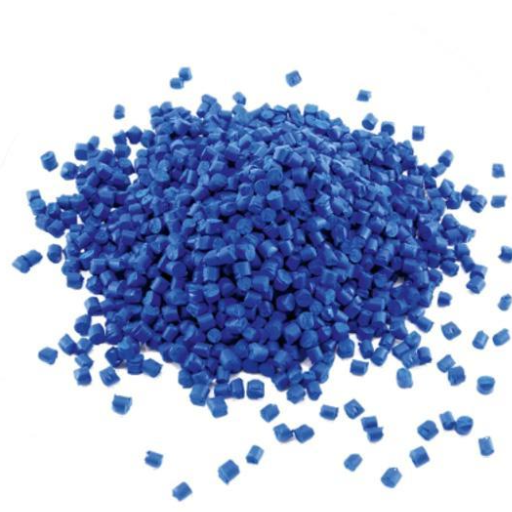
| Cost Factor | TPE | Silicone |
|---|---|---|
| Raw Material Cost | Lower initial cost | Higher initial investment |
| Processing Cost | Standard equipment, lower energy | Specialized equipment, higher setup |
| Production Speed | Faster cycles, higher volume | Longer cycles, precise control |
| Long-term Value | Recyclable, moderate lifespan | Extended durability, fewer replacements |
| Maintenance | Moderate replacement frequency | Minimal maintenance, longer service |
Reference Sources
-
All About the Differences Between TPE and Silicone
Provides a detailed summary of the differences between thermoplastic elastomers (TPE) and silicone, including their manufacturing processes and applications. -
Manufacturing Products with Silicone vs TPEs
Explains the differences in hardness, flexibility, and ideal use cases for TPE and silicone materials. -
How to Choose Between TPE and Silicone Rubber?
Highlights the performance differences, such as wear resistance, oil resistance, and temperature tolerance, between TPE and silicone. - View Plastic Pellets Manufacturers in China
Frequently Asked Questions
What are the chief differences between TPE and silicone?
TPE and silicone differ primarily in their chemical composition and properties. TPE is a class of copolymers combining rubber and plastic characteristics, making it recyclable and suitable for injection molding. Silicone is a synthetic polymer renowned for high durability and temperature resistance, offering better biocompatibility and chemical resistance, making it ideal for medical devices.
How does heat resistance compare between silicone rubber and TPE?
Silicone generally offers superior heat resistance compared to TPE. Silicone rubber withstands extreme temperatures from -75°F to 500°F (-59°C to 260°C) without losing mechanical properties. TPE operates in a more moderate range, typically -40°F to 275°F (-40°C to 135°C), making the choice dependent on specific temperature requirements.
What are the advantages and disadvantages of TPE vs silicone?
TPE advantages include flexibility, easier processing, recyclability, and cost-effectiveness for high-volume production. Silicone offers superior durability, chemical resistance, and high-temperature performance. TPE may be less costly initially, while silicone provides better long-term value in demanding applications requiring exceptional performance.
How do TPEs support medical device applications?
TPE offers excellent biocompatibility and can be molded into complex shapes easily. The material can be formulated to meet stringent safety requirements for medical tubing, gaskets, and devices. Its recyclability makes TPE attractive for sustainable medical product development, though silicone may be preferred for applications requiring extended high-temperature exposure.
Where are silicone and TPE typically applied?
Silicone is extensively used in medical devices, baby products, kitchenware, and high-temperature applications due to its durability and biocompatibility. TPE finds applications in consumer electronics, automotive components, soft-touch grips, and products requiring cost-effective manufacturing with moderate performance requirements.
What are the comparative melting points of TPE and silicone?
TPE melting points generally range from 200-230°C depending on formulation, allowing for reprocessing and recycling. Silicone, being a thermoset material, doesn’t have a true melting point but can withstand continuous high temperatures without degradation, making it superior for sustained high-temperature applications compared to TPE.

